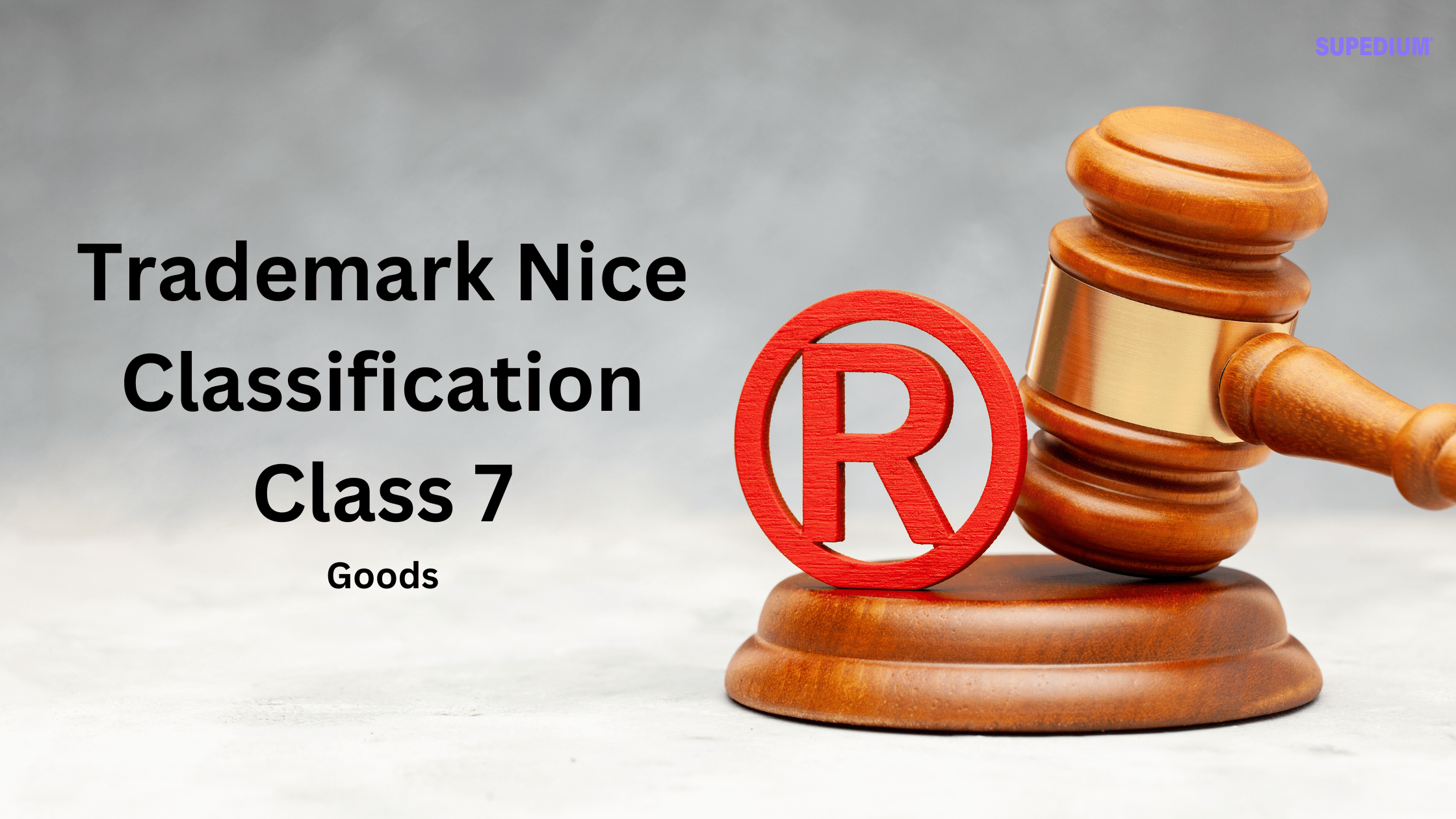Table of Contents
![]()
Emergency Economic Stabilization Act of 2008 (EESA) Definition
In 2008, Congress took bailout measures to repair the damage from the subprime mortgage crisis and passed the EESA. This authorized the government to buy out $700 billion in troubled assets from banks and to stabilize liquidity in financial markets.
A Little More on What is the Emergency Economic Stabilization Act (EESA)
In the wake of subprime mortgage crisis the U.S senator Henry Paulson propose Emergency Economic Stabilizing Act (EESA). However, the original EESA was rejected by house of representative. They amended the act and then adopted the revised EESA in 2008. But the debate start whether it will really work to repair the damage. Proponents of EESA believed that the act will help to recover the losses and reduced the damages of subprime mortgage. The US Government began purchasing troubled assets on the terms and conditions proposed by secretary of Treasury. The total bailout amount was $700 billion. The bailout aimed to protect home mortgages, social security funds, employee retirement funds; pension savings;preserve and protect homeownership; promote jobs and economic growth and economic development; cut unemployment rate; maximize overall returns to the taxpayers of the United States; andprovide public accountability for the exercise of such authority.
References for Economic Stabilization Act
- https://www.investopedia.com/terms/e/emergency-economic-stability-act.asp
- https://www.congress.gov/110/plaws/publ343/PLAW-110publ343.pdf
- https://en.wikipedia.org/wiki/Emergency_Economic_Stabilization_Act_of_2008





Be the first to comment